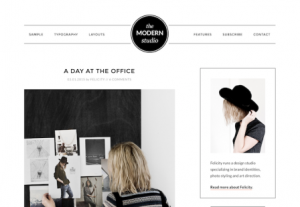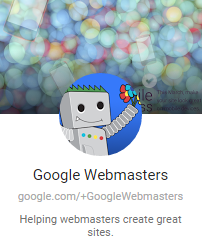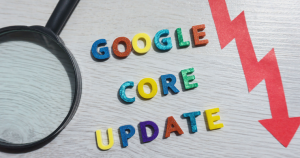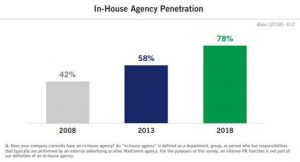How the iconic furniture brand plans to haul its data collection and analysis into the 21st century.
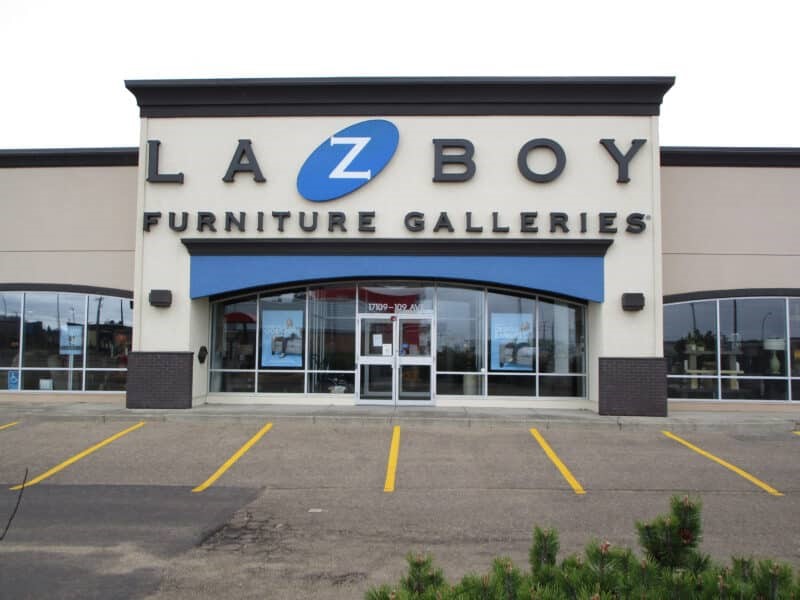
“Everything starts with a business challenge as opposed to a technological challenge,” said Jorge Calvachi. “This iconic brand is almost a hundred years old, but they have never, ever had a consumer insights function.”
Calvachi was hired about eighteen months ago as director of insights to fix that. He also calls himself an “insights rainmaker.” La-Z-Boy’s success, he said, “has been driven mostly by great quality and durability, but the competition is basically catching up. The new competitive advantage in any industry — but specifically here — is about consumer-centricity. How well do you know the consumer?”
Multiple independent touchpoints
One of the challenges La-Z-Boy faces is that the brand is known very well by the consumer, but through so many different channels. Plus, the La-Z-Boy customer experience is typically hybrid.
“One of the things we learned that was critical is that our audience takes longer to buy a piece of furniture,” Calvachi said. “A big part of the journey is browsing on the internet, doing searches of our products, locations, availability, deals — but then they want to try it out for comfort in a store. How can you connect all these needs across different touchpoints? The customer sees everything as La-Z-Boy, but one of our business challenges is that we don’t deliver the same experiences between digital and the store.”
What’s more, for La-Z-Boy, a store is not just a store. “Some are corporate stores and others are independent.” The business has much more control of the customer experience in the context of the corporate stores, Calvachi explained.
Calvachi began by conducting studies on the data that was available to him. One thing he soon discovered is that the data for the different customer touchpoints had long been siloed. “Every single customer touchpoint is being analyzed independently, separately, not shared with the other functions,” he said. “We know that’s a problem but we haven’t been able to bring it together. Methodologies are different, platforms don’t talk to each other.”
The business’s data practices were stuck in the 1980s and 1990s, Calvachi concluded. “I called a few friends. A few names popped up. Then I also connected with Gartner; some of the names they gave me matched, I called a few of them, and that’s where the conversation with InMoment started.”
Building a customer insights hub
InMoment describes itself as a “full-service” customer experience company. “We do a lot of consultative service on top of the technology,” Jeff Catlin told us. Catlin, familiar as CEO of Lexalytics, now runs the AI, machine learning and natural language processing (NLP) practice for InMoment. Lexalytics, a platform that used AI-powered NLP to conduct at-scale sentiment and intent analysis, was acquired by InMoment in 2021.
InMoment will support Calvachi’s team in creating a customer experience hub. Calvachi said: “We have identified the critical customer touchpoints — digital, store, post-purchase, the call center (which we call “comfort care”). We’ll bring all this structured and unstructured data into one place. It will require aggregation of this data to make decisions at the organizational level.”
The starting point will be data from digital channels. It will be a step-by-step process to bring data from other touchpoints on board, not least because buy-in from each stakeholder is required — ultimately, the regional managers of the independent stores.
The technology is easy — people are hard
When we asked Calvachi about his timeline for implementation (it’s early days), he emphasized that driving adoption of the solution by a diverse, long-established worldwide organization was the real challenge.
Catlin agreed that technical implementation was not the problem. “An omnichannel implementation is not that difficult any more,” he said. “It’s really understanding what the clients want and need and making sure all the stakeholders are bought into it. It’s not just delivering the technology, it’s delivering the experience with the technology. We just did a massive implementation at a large athletic retailer and we did it in three months. The technology implementation isn’t that hard; it’s the buy-in.”
When InMoment started out, its focus was on deriving customer insights from surveys. Over the last three years, Catlin says, it has migrated to being a true omnichannel offering, not least through the incorporation of the Lexalytics solution. “You’re listening to call center records — and those things are monsters because you’ve got a nine- or ten-minute call, which is much different than a three-sentence survey response. You have to be able to pull all the digital sources in: Social, chat, everything. The magic is normalizing it across, finding — to be a bit techy — a common sort field.”
With La-Z-Boy, said Catlin, they are starting in the middle and working their way out. “If you can listen to all that, you can learn things you don’t get from a single source.” The actual reporting from InMoment will depend on the user. For call center agents there might be scorecards; analysts like Calvachi might interact with dashboard that deliver insights across all functions.
What will success look like for La-Z-Boy? More conversions? Faster conversions? Revenue growth? “Number one,” said Calvachi, “a total experience for the customer.”
The post La-Z-Boy embarks on its digital transformation journey appeared first on MarTech.
(12)
Report Post
